Greetings, fellow SkyWatchers! Are you ready for the weekend? Then let’s enjoy the nights ahead as we fly along the Milky Way on the wings of the Swan and hunt down some very different star clusters in the night with the Fox. Do you need a smile? Then you’ll find one with with a delightful asterism called the “Coat Hanger”! How about a Herschel challenge? We’ve got that, too. In the mood to just stargaze? Then stick around – because the Perseid Meteor Shower hasn’t ended just yet. (We’ve got something very special inside here to show you!) Time to get out your telescopes and binoculars and I’ll see you outside…
Friday, August 21, 2009 – On this date in 1993, the Mars Observer was lost. . . But you can’t miss Mars at its peak just before dawn!
Tonight it’s time for us to fly with the ‘‘Swan’’ as the graceful arch of the Milky Way turns overhead. We’ll start by taking a look at a bright star cluster that’s equally great in either binoculars or telescope, M39.
Located about a fist-width northeast of Deneb (Alpha Cygni), you will easily see a couple of dozen stars in a triangular pattern. M39 (RA 21 31 48 Dec +48 27 00) is particularly beautiful because it will seem almost three-dimensional against its backdrop of fainter stars. Younger than the Coma Berenices cluster, and older than the Pleiades, the estimated age of M39 is at least 230 million years. This loose, bright, galactic cluster is around 800 light-years away. Its members are all main sequence stars, and the brightest of them are beginning to evolve into giants.
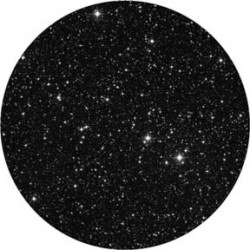 For more of a challenge, try dropping about a degree south-southwest (RA 21 29 00 Dec +47 08 00) for NGC 7082, also known as H VII.52. Although it is a less rich, less bright, and far less studied open cluster, at magnitude 7.5 NGC 7082 is within range of binoculars and is on many open cluster observing lists. With only a handful of bright stars to NGC 7082’s credit, larger telescopes are needed to resolve out many of the fainter members. Be sure to mark your notes for both objects!
For more of a challenge, try dropping about a degree south-southwest (RA 21 29 00 Dec +47 08 00) for NGC 7082, also known as H VII.52. Although it is a less rich, less bright, and far less studied open cluster, at magnitude 7.5 NGC 7082 is within range of binoculars and is on many open cluster observing lists. With only a handful of bright stars to NGC 7082’s credit, larger telescopes are needed to resolve out many of the fainter members. Be sure to mark your notes for both objects!
Saturday, August 22, 2009 – Born this date in 1833 was Samuel Pierpont Langley, who investigated the relationship between solar phenomena and meteorology. Is that why we always have clouds when solar activity is at its best?
Tonight we’ll hunt with the ‘‘Fox’’ as we head to Vulpecula to try two more open star cluster studies. The first can be done easily with large binoculars or a low power scope. It’s a rich beauty in the constellation of Vulpecula but is more easily found by moving around 3 degrees southeast of Beta Cygni (RA 19 35 48 Dec +25 13 00).
Known as Stock 1, this stellar swarm contains 50 or so members of varying magnitudes, which you will return to often. With a visual magnitude of near 5, loose associations of stars—like Stock clusters—are the subject of recent research. The latest information indicates that the members of this cluster are truly associated with one another.
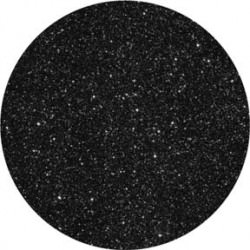 A little more than a degree to the northeast is NGC 6815 (RA 19 40 44 Dec +26 45 32). Although NGC 6815 is a slightly more compressed open cluster, it has no real status among deep-sky objects, but it is another one to add to your collection of things to do and see!
A little more than a degree to the northeast is NGC 6815 (RA 19 40 44 Dec +26 45 32). Although NGC 6815 is a slightly more compressed open cluster, it has no real status among deep-sky objects, but it is another one to add to your collection of things to do and see!
Sunday, August 23, 2009 – On this date in 1609, Galileo demonstrated the telescope for the first time. Tonight we’ll aim our own optics at an asterism known as the ‘‘Coat Hanger,’’ which is also known as Brocchi’s Cluster, or Collinder 399. Let the colorful double star Beta Cygni—Albireo—be your guide as you move about 4 degrees to its south-southwest (RA 19 25 24 Dec +20 11 00). You will know this cluster when you see it, because it really does look like a coat hanger!
Enjoy its red stars! Discovered by Al Sufi in 964 AD, this 3.5 magnitude collection of stars was again recorded by Hodierna. Thanks to its extended size of more than 60′ it escaped the catalogs of both Messier and Herschel. Only around a half dozen stars share the same proper motion, which may make it a cluster much like the Pleiades, but studies suggest it is merely an asterism—but one with two binary stars at its heart.
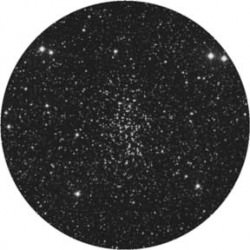 And for larger scopes? Fade east to the last prominent star in the cluster (RA 19 30 36 Dec +20 16 00) and power up. NGC 6802 awaits you! At near magnitude 9, Herschel VI.14 is a well-compressed open cluster of faint members. The subject of ongoing research in stellar evolution, this 100,000-year old cluster is on many observing challenge lists!
And for larger scopes? Fade east to the last prominent star in the cluster (RA 19 30 36 Dec +20 16 00) and power up. NGC 6802 awaits you! At near magnitude 9, Herschel VI.14 is a well-compressed open cluster of faint members. The subject of ongoing research in stellar evolution, this 100,000-year old cluster is on many observing challenge lists!
Over the weekend, be sure to keep an eye out for stray Perseid meteors, because the show hasn’t ended yet! Although activity has slowed considerably, your chances are above average of catching a bright streak while you’re out enjoying the stars. It was a wonderful year for the Perseids and even if you were clouded out, we’ve still managed to catch the action for you…
Many thanks to John Chumack of Chumack Observatory (Dayton, Ohio) for all of his hard work in capturing and editing the footage from his All Sky Camera from the nights of August 11-14th. He’s trimmed the video to 5 frames per second and within this less than one minute clip, you’ll see over 200 meteors and the Moon rise three times! Were the Perseids a success? You bet. Just as John how he finished his film… “I ended it with the brightest…” said John, “A -8 magnitude fireball!”
Keep looking up! You’ll never know when it might be your lucky night…
This week’s awesome images are (in order of appearance): M39, NGC 7082, Stock 1, NGC 6815 (credit—Palomar Observatory, courtesy of Caltech), Collinder 399 (credit—Gil Estel), NGC 6802 (credit—Palomar Observatory, courtesy of Caltech) and Perseid Meteor Storm Video courtesy of John Chumack. We thank you so much!!


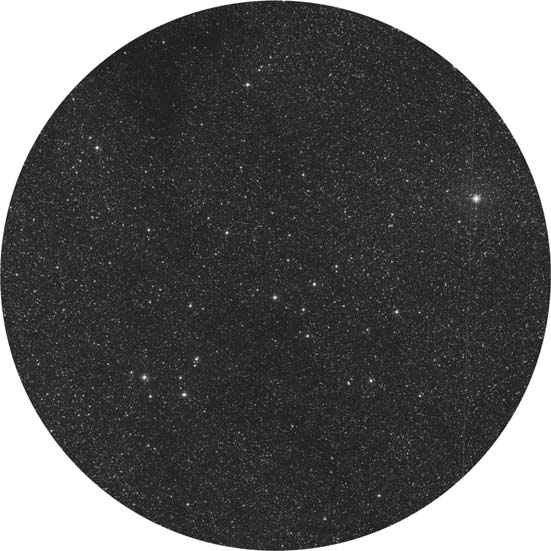
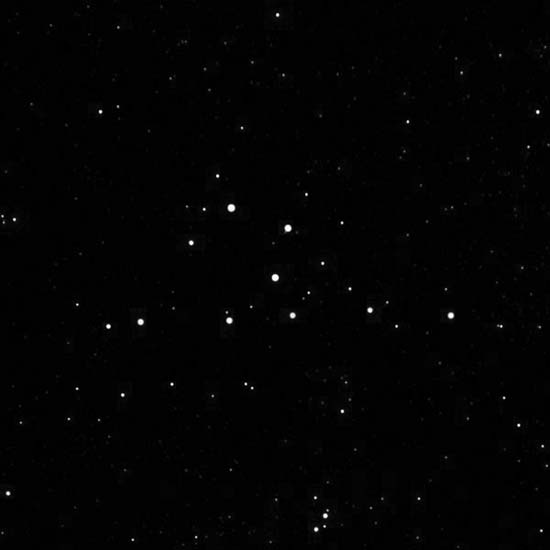
Awesome video by John, from light polluted Dayton, OH at that! 🙂
Went up the local mountains last night (8/22) to look at some stars with my 4″ S/C telescope. I checked out the ‘Coathanger’ , M39 and ‘The Fox’. Thanks for the inspiration!
Also saw Comet Christensen… Not a very bright comet but easy enough to find just South of Gamma Sagita. This was my 4st comet sighting! COME ON no. 42! HO!
Ahhh… summer stars!
…was my 41st comet…